Bibiana Escribano
Occupational Therapist. Specialist in pshycomotricity, music therapy and sensory integration.
Read more postsThe ‘calming room’ is a specific space that helps regulate the level of activation or aggression and helps mouve us towards a state of “calm” by combining chromotherapy, music therapy and aromatherapy with the aim of returning to a state that allows one to function in a more autonomous and regulated manner.
It is especially important to pay attention to individuals’ needs who struggle with behavioral challenges or intellectual disabilities, when it involves deficits in self-awareness, self-control, self-regulation, emotional enrichment, empathy and social skills.
To address the serious behavioral problems that arise in people with high levels of excitability, it is essential to consider a preventive, proactive model, with communicative intervention, functional analysis of behavior, and also an adaptation of environments to their reality, seeking emotional stability.
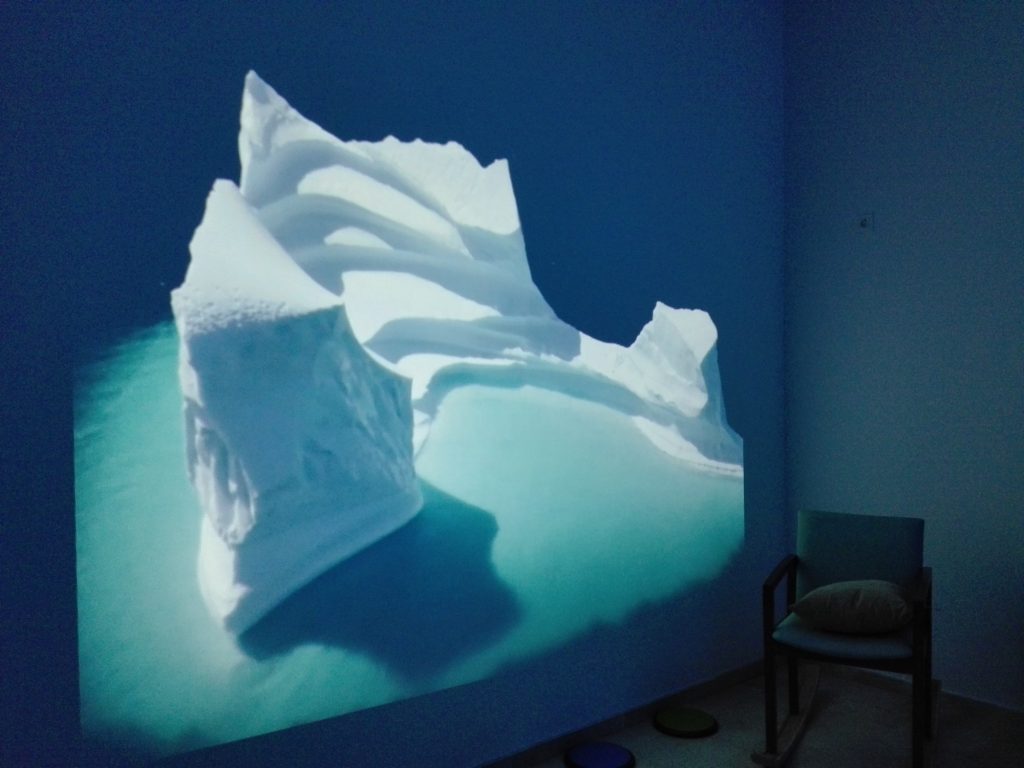
 The blue color is refreshing and relaxing |
 The green color produces sedative effects |
 The violet color combats states of anguish |
The first premise in designing this room is that it should be a safe space, for the user and for the people around him/her. For this purpose, the walls, doors and corners are padded in white, favoring the absorption of color related to the lighting.
The modular furniture system allows you to combine them to suit your needs or the activity you want to perform. A custom-made tatami is installed on the floor, which is stable enough to walk on and at the same time cushion possible falls or blows.
💡TIP: It is important that the calming room has a pouf that can be transformed into a mattress.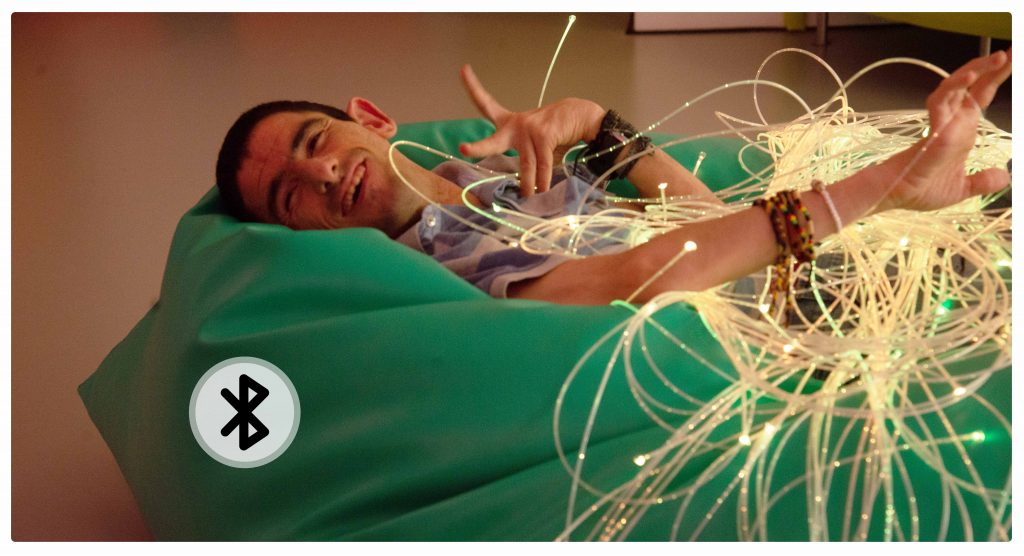
This is an open space in which there is a pouf that can be transformed into a mattress, so that the user (or therapist) can position themselves as he/she prefers. All the lighting, projection and loudspeakers are elevated and an air extractor introduces the lavender aroma. The user is constantly supervised by a monitoring system.

In an adjoining room or closet, a central computer is installed with the SHX System that allows us to control the projection, music and lighting.
In addition, through our SHX program we can design the blue, green and violet sensochromatic packages in one-minute cadences, with music and a relaxing projection, so that the stimuli are applied in the room automatically during 30-minute sessions. Thanks to the monitoring system, we can observe what is happening, and we can regulate the lavender aroma, turning on or off the air extractor.
💡TIP: It is recommended that the temperature and the blinds (if any) are also controlled from this space.
Multisensory rooms are environments for controlling sensory stimulation aiming at helping its users in a therapeutic way by providing a variety of benefits. They are ideal for therapy, learning, stimulation, relaxation and fun. A calming room allows you to have a protected and safe environment to guide you towards a calm state.
If you want to learn more about the benefits of Multisensory Environments or see how you could adapt it to your space, therapeutic goals, and users, you can send an email to hello@qinera.com.
Occupational Therapist. Specialist in pshycomotricity, music therapy and sensory integration.
Read more posts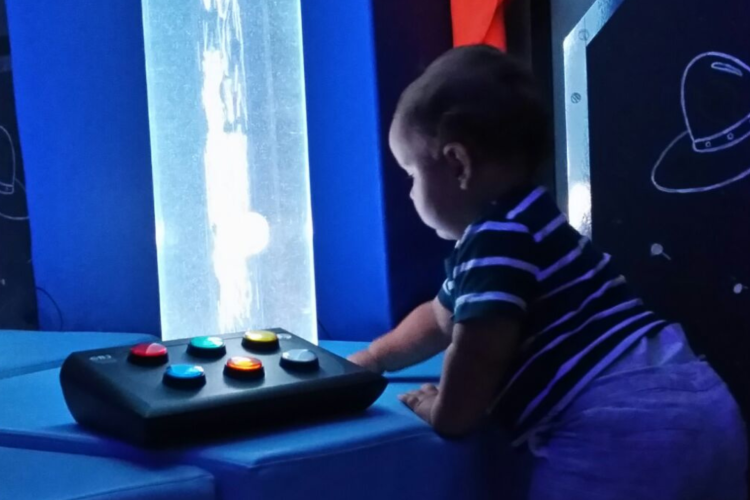
24 July 2025
Sensory experiences at the core of development. Sensory systems are the first bridge to the world around us: through sight, hearing, touch, smell, and movement...
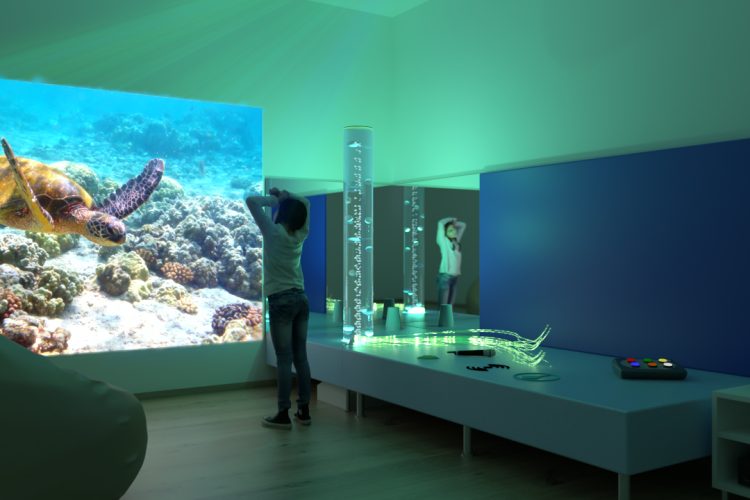
27 June 2025
Multisensory rooms are becoming more and more common in educational, therapeutic, and residential settings. Their ability to stimulate, calm, or emotionally support people with diverse...
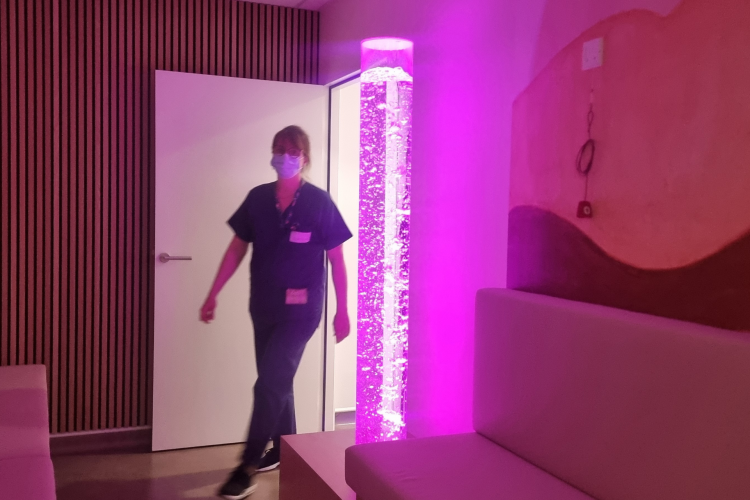
30 May 2025
At Hôpital Privé du Confluent in Nantes, France, multisensory rooms have been incorporated to enhance the patient experience. Waiting before surgery is a delicate moment....